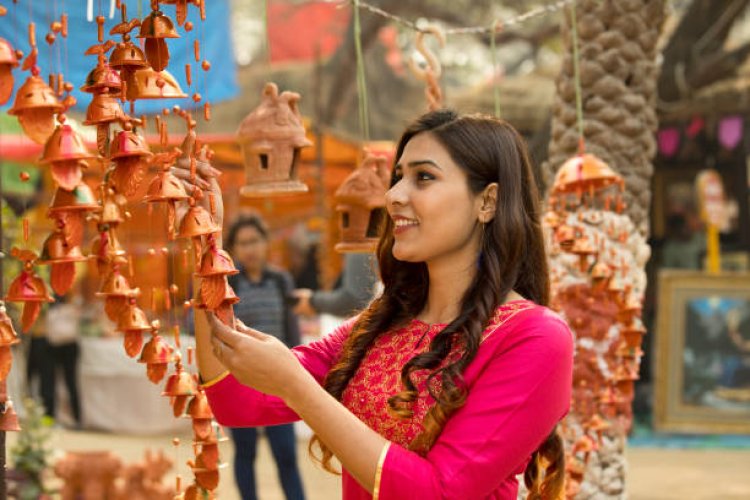Viking Women in History: From Shieldmaidens to Settlers
Viking women
Share this Post to earn Money ( Upto ₹100 per 1000 Views )

Introduction
Viking women, often overshadowed by their male counterparts, played crucial roles in both Norse society and the broader historical narrative of the Viking Age. Their contributions ranged from engaging in battles as shieldmaidens to managing households and businesses. The versatile nature of Viking women reflects a society where gender roles were more fluid than commonly portrayed. Understanding their influence provides a deeper insight into the rich tapestry of Viking history and culture.
Viking Women as Shieldmaidens
One of the most captivating aspects of Viking history is the existence of shieldmaidens—female warriors who fought alongside men in battle. While the historical evidence surrounding shieldmaidens is somewhat scarce, sagas and archaeological finds suggest that women could take up arms when necessary. Some legendary figures, such as Lagertha, a warrior mentioned in the sagas, exemplify this fierce spirit. These women defied traditional gender roles, demonstrating that courage and martial prowess were not exclusively male traits. Shieldmaidens symbolize the strength and resilience of Viking women, challenging contemporary notions of femininity and warfare.
Viking Women as Settlers and Managers
Beyond their warrior status, Viking women were pivotal in the establishment of new settlements and the management of daily life. As Norsemen embarked on voyages of exploration and conquest, women often took on the responsibility of running farms, managing resources, and raising families. This dual role as caretakers and economic contributors highlights their vital function in sustaining communities. Many Viking women engaged in trades such as weaving, pottery, and brewing, thereby influencing the economic landscape of their settlements. Their ability to adapt and thrive in harsh environments showcased their resilience and resourcefulness, traits essential for survival in the challenging conditions of the Viking Age.
Conclusion
In examining the lives of Viking women, it becomes evident that their contributions were multifaceted and significant. From the fierce shieldmaidens who fought alongside their male counterparts to the industrious settlers who shaped their communities, Viking women played an integral role in the Viking Age. Their stories challenge traditional narratives and reveal a society where women were not merely passive figures but active participants in shaping history. As we continue to explore the legacy of Viking women, we gain a more nuanced understanding of their impact and the dynamic nature of their roles in a rapidly changing world.

 BrendanGoodwin
BrendanGoodwin 














